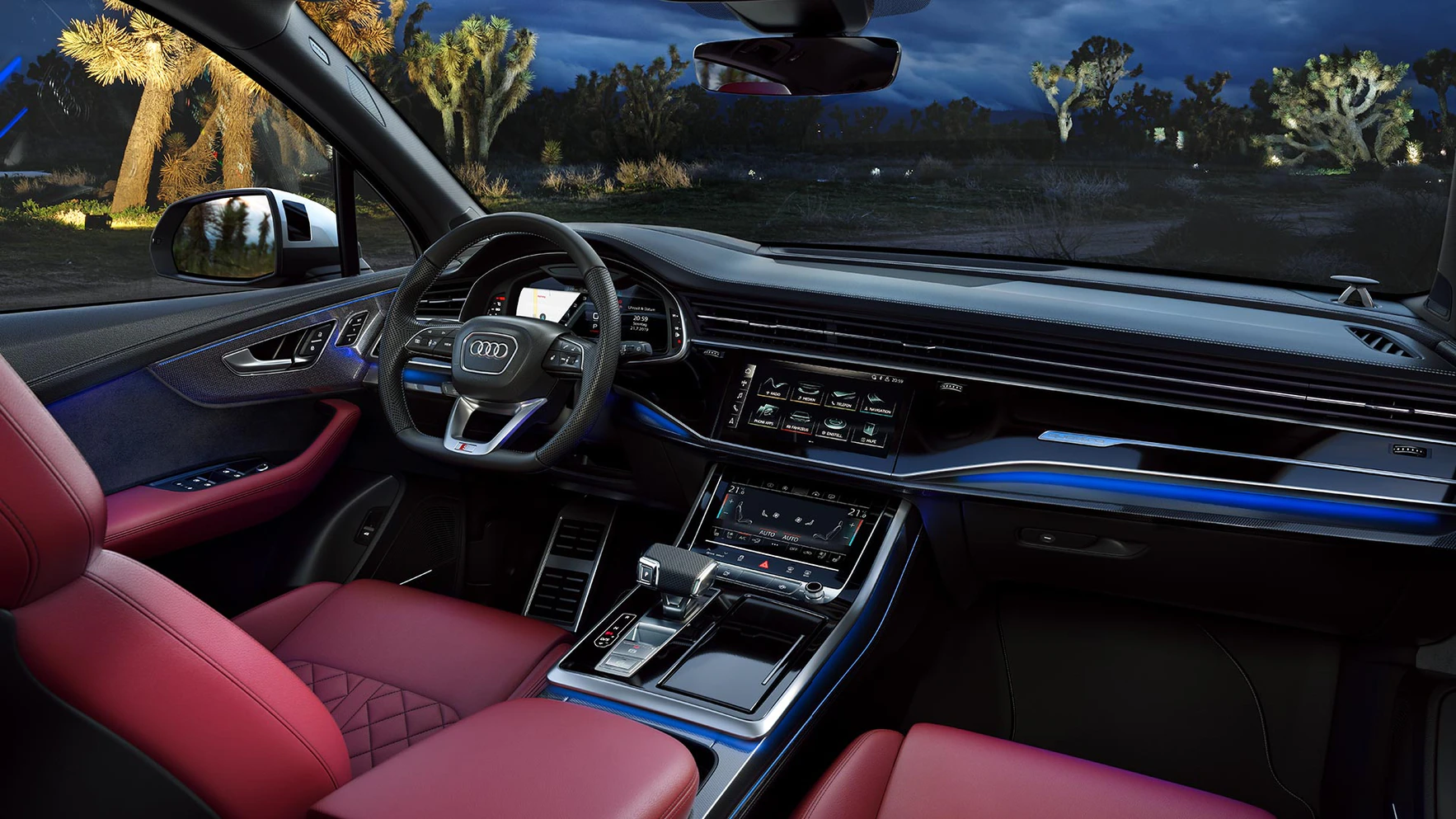GadgetWheels
Goldstuck on Gadgets: Audi SQ7 goes further in tech and lifestyle
When we tried the Audi Q7, it was a sign of the connected car being ready for prime time. Now, writes ARTHUR GOLDSTUCK, the SQ7 takes the car further in the lifestyle direction
The Audi Q7 brought the brand to the centre of consumer technology, underlining the extent to which cars now fit into our connected lifestyles.
Before climbing on board its senior sibling, the SQ7, its worth recapping what made the tech integration so smooth and, well, smartphone-like.
The cockpit offers two large touchscreens, both providing “haptic and acoustic feedback”, meaning they vibrate or make a sound when clicked. The lower touchscreen, situated on the centre tunnel console, becomes a 10.1-inch keyboard on which one can input an address either through typing on keys or writing with one’s finger.
Integration of Android Auto and Apple CarPlay were among the smoothest we had seen, allowing mapping apps on phones, like Google Maps, Apple Maps and Waze, to take over fully from on-board navigation.

The Multi Media Interface (MMI) provided one of the fastest Android Auto pairings we had yet experienced, with near-seamless integration of apps.; it offered an embedded SIM and Wi-Fi hotspot, underpinning an Audi Connect portfolio that includes online traffic, live weather, and a built-in emergency button, while a myAudi application allows car-finding and remote locking and unlocking. A heads-up display (HUD), which projects digital information like mapping and speed onto the windscreen in the driver’s line of sight, is optional.
It was a spectacular high-tech experience, but the SQ7 TDI is part of the answer to the questions the Q7 left unanswered, namely the absence of various comfort and experiential features. This aspect of the car takes it further into the realm of consumer technology, which is not only about “digitisation”, as Audi puts it.
The 7-seater SQ7 has a larger diesel engine, at 4l vs 3l, with faster acceleration, and a larger pricetag to match – just over R1,6-million for the standard edition. The primary cosmetic differences come from the ‘S’ designation ,for sporty, and include chrome trim on the tailgate, an S-specific bumper, and red brake callipers on the wheels.

It carries the same displays and MMI features as the Q7, although the 12.3-inch virtual cockpit – the driver’s control panel – appears better integrated with the vehicle. Beyond the digital elements, the car includes a panoramic sun-roof, and a 19-speaker Bose sound system.
Adaptive air suspension means it absorbs the ruts and potholes of South African roads more effectively than most vehicles, while providing enough dynamic feedback to ensure one still has that SUV driving experience many still crave. Rear-wheel steering means a tiny turning circle at low speeds, the better to park the vehicle.

Talking of which, the 360 degree camera still seems magical, with artificial intelligence creating a surround image on the main screen that gives the impression a drone camera is hovering above the vehicle. Park Assist can then automatically steer the car into parallel or perpendicular parking spaces, using ultrasonic sensors in the front and rear bumpers and on the sides, requiring the driver only to accelerate, brake and shift gears.
However, rear-wheel steering is not as helpful at speed, when the vehicle can feel ungainly.
Not that this distracts from the safety of the car, which offers autonomous emergency braking, adaptive cruise control, lane-keep assist, blind-spot monitoring, rear cross-traffic alert, and speed-limit information, thanks to GPS integration.
If one is planning long rides, a massage function for front seats is available as an optional extra. Of course, it adds enormously to the cost but, at this level, consumers are not too price-conscious.
The features, both mechanical and digital, add up to a car that one can almost live in, along with being a great high-tech experience for the connected consumer.















